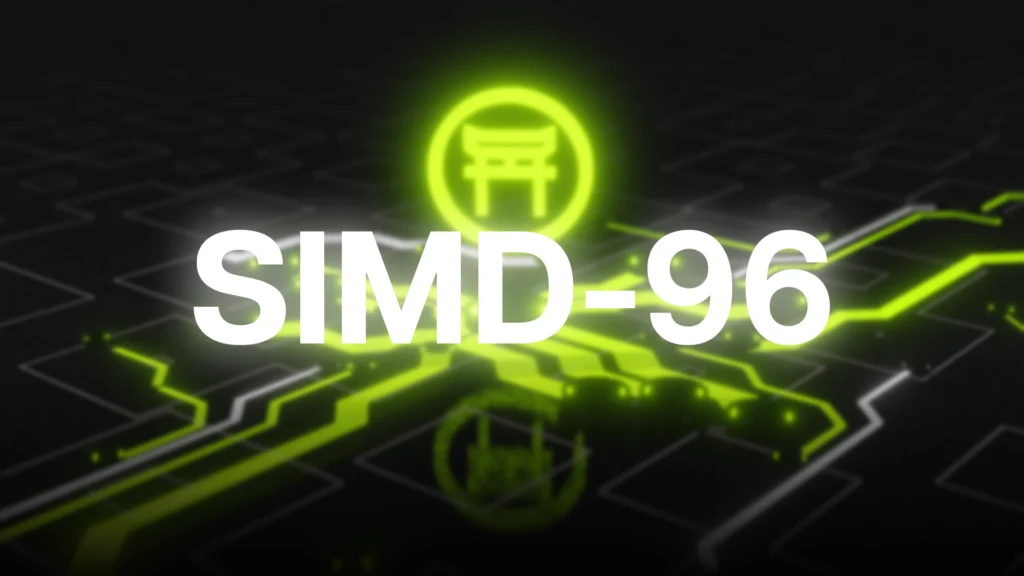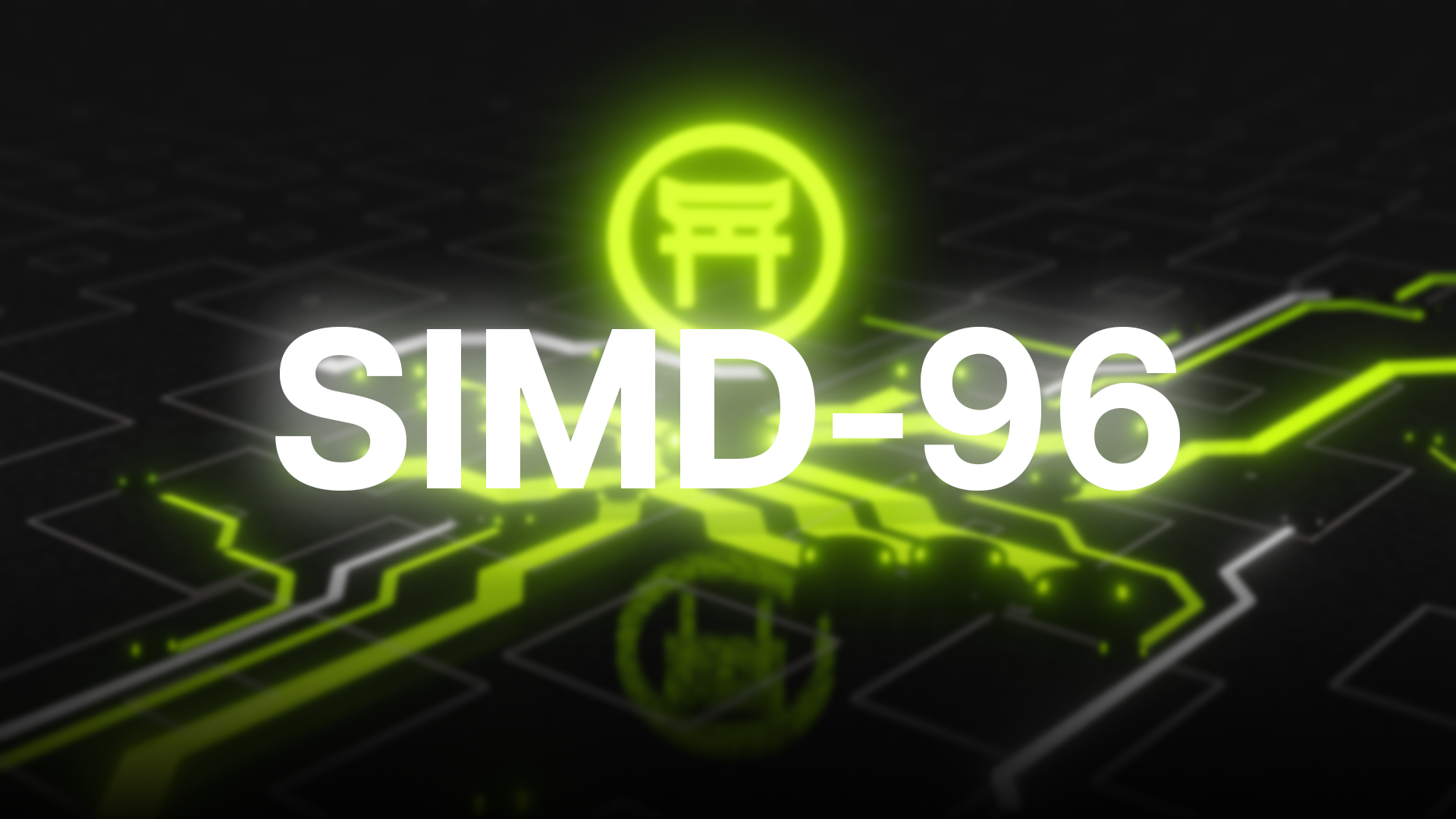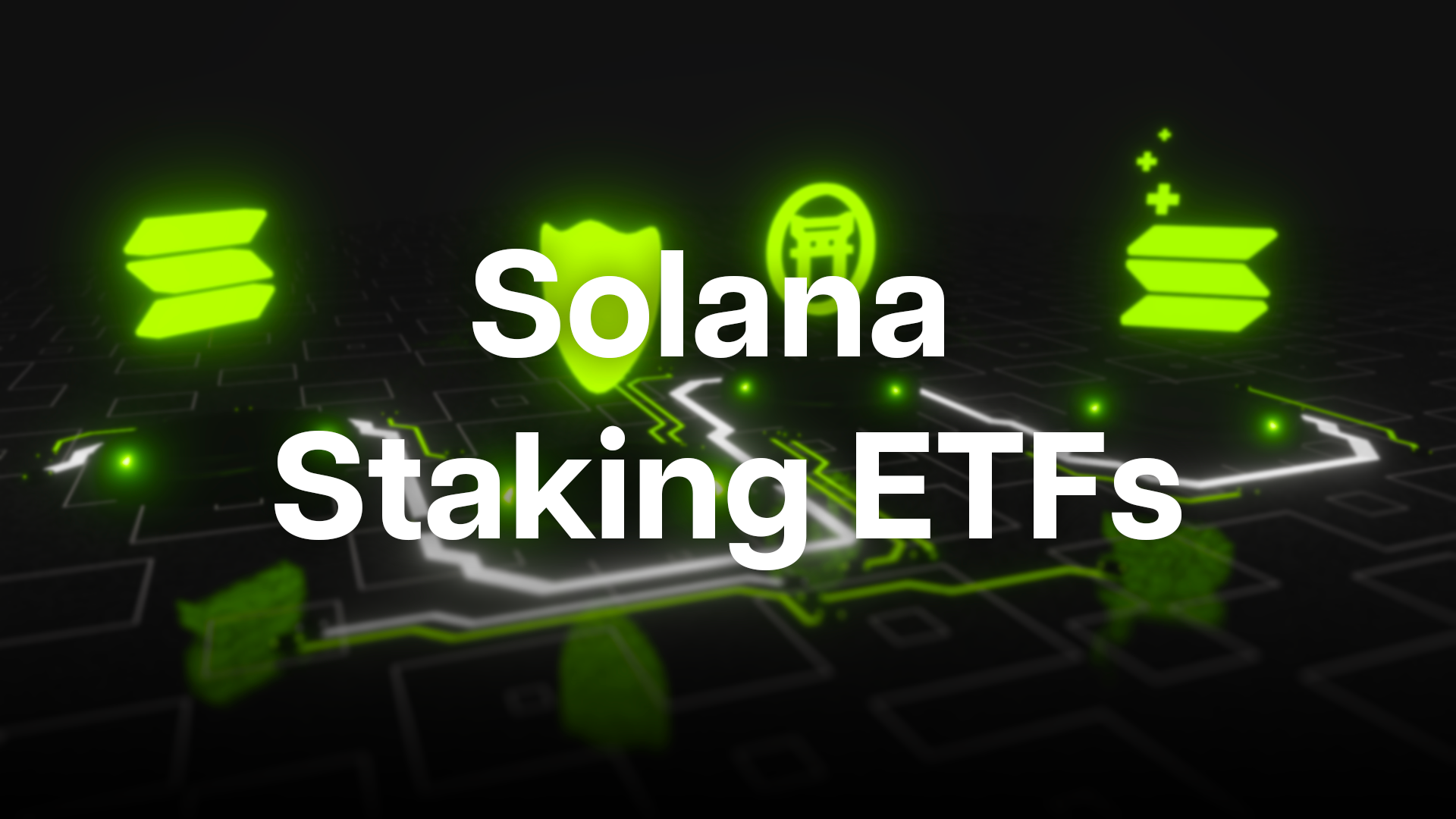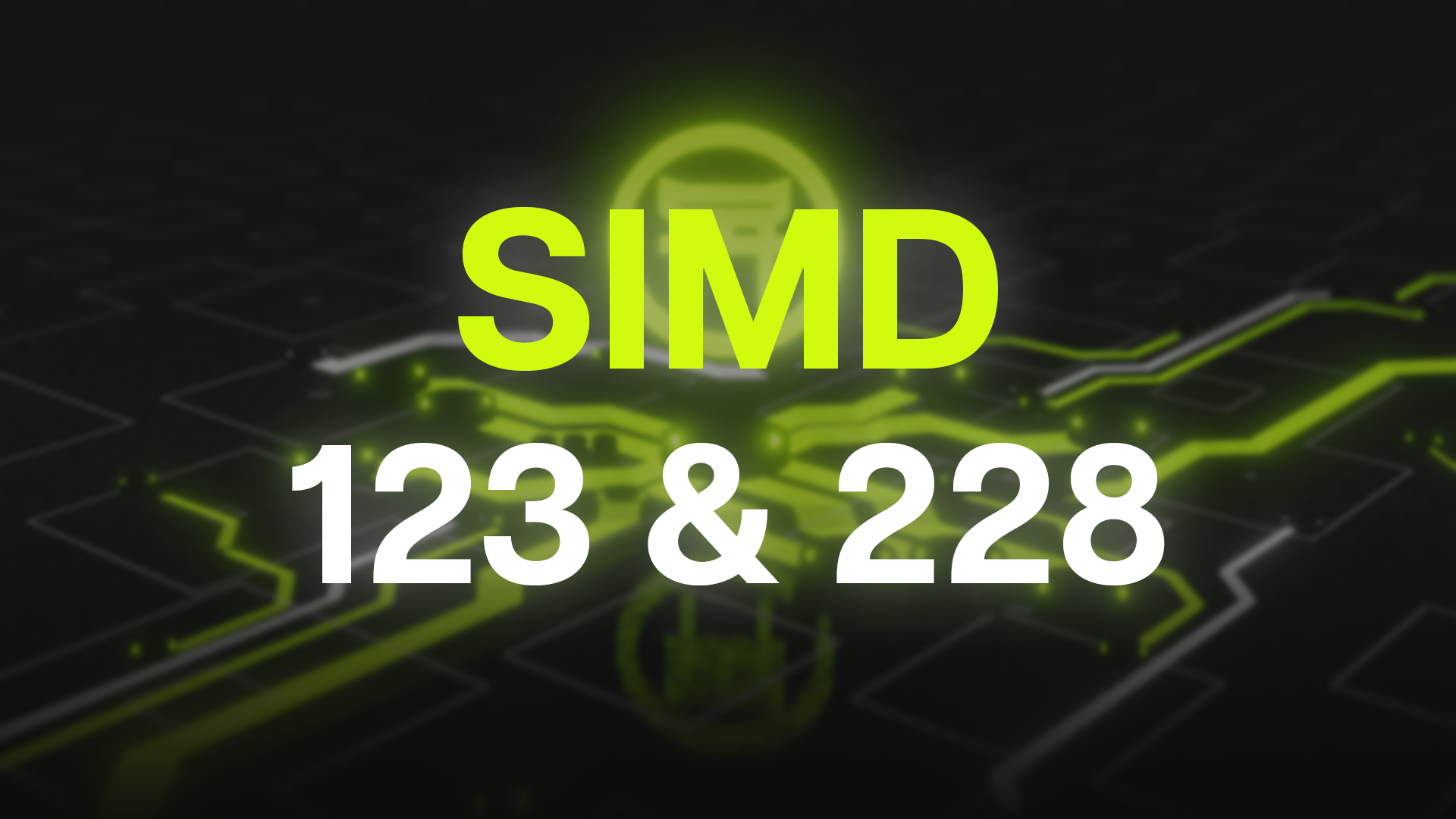Understanding SIMD-96 on Solana:
Implications and Adaptations, incorporating the requested section about the benefits of Sanctum Liquid Staking Tokens (LSTs), specifically StrongSOL, as a means to share extra priority fees with holders and boost APY. The article is structured to provide a comprehensive overview of SIMD-96, its impacts, and how Sanctum LSTs offer a strategic response, fitting seamlessly into the broader narrative.
Introduction:
The Solana network recently implemented SIMD-96, a significant protocol update that alters the distribution of priority fees. This change has reshaped the economic landscape for validators, token holders, and network users, prompting both challenges and opportunities. While it aims to enhance validator incentives and network performance, it has also raised concerns about inflation, token value, and governance. Amid these shifts, innovative solutions like Sanctum Liquid Staking Tokens (LSTs) have emerged, offering ways to mitigate economic downsides for token holders. This article explores SIMD-96’s implications and highlights how Sanctum LSTs, such as StrongSOL, adapt to the new fee structure by sharing rewards with holders and boosting Annual Percentage Yield (APY).
Key Points:
– Priority Fee Shift: SIMD-96 redirects 100% of priority fees to validators, eliminating the previous 50% burn mechanism.
– Economic Impact: Increased validator revenue comes at the cost of higher inflation and reduced economic value for token holders.
– Sanctum LSTs: Solutions like StrongSOL share priority fees and block rewards with holders, offering an APY above the native staking average.
– Network Effects: Enhanced validator incentives may improve performance but risk centralization.
– Governance Debate: The proposal’s passage via validator-heavy voting has sparked community concerns about decentralization.
What is SIMD-96 and Its Implementation?
SIMD-96, enacted on Solana in late 2023, modifies how priority fees—paid by users to expedite transactions—are distributed. Previously, 50% of these fees were burned (reducing token supply), and 50% went to validators. Now, validators receive the full amount. Implemented to better align validator incentives with network demands, this change reflects Solana’s ongoing evolution toward scalability and efficiency. However, it has introduced immediate economic and governance ripples, reshaping stakeholder dynamics.
Impact on Inflation and Token Value:
Post-SIMD-96, Solana experienced a notable inflation surge. Data from the first week after implementation shows inflation rising from 5.2% to 6.1% annually, driven by the absence of the fee burn. This shift has diluted the real economic value (REV) distributed to token holders, dropping from 65.7% to 58.9% of total rewards. For SOL holders staking natively, this translates to diminished returns relative to the network’s growing supply, potentially pressuring token value unless offset by increased utility or demand.
Mitigating Economic Impacts: The Role of Sanctum LSTs:
Amid the economic shifts induced by SIMD-96, Liquid Staking Tokens (LSTs) have surfaced as a powerful tool for SOL holders to optimize returns. Sanctum, a leading LST provider on Solana, enables users to stake SOL and receive liquid tokens like StrongSOL, which can be used across DeFi while earning enhanced yields.
Sanctum LSTs leverage the full priority fee allocation to validators under SIMD-96. Validators staking Sanctum-backed SOL earn these fees alongside traditional block rewards. Unlike native staking, Sanctum redistributes a portion of these additional rewards to LST holders, boosting the APY. StrongSOL, for instance, offers holders:
– Shared Priority Fees: A cut of the increased fees validators now collect, enhancing overall yield.
– Block Rewards: Returns from Solana’s staking rewards, passed back to holders.
This dual-reward structure allows StrongSOL to deliver an APY exceeding the native staking average (e.g., potentially 7-8% versus 5-6% for native staking, depending on network conditions). By countering the reduced economic value from SIMD-96, Sanctum LSTs provide a compelling alternative, preserving and even increasing returns for participants.
Effects on Validators and Network Performance:
Validators stand to gain significantly from SIMD-96, with doubled priority fee revenue incentivizing investment in better infrastructure. This could enhance transaction processing speeds, aligning with Solana’s high-performance ethos. However, risks loom: higher rewards might concentrate staking power among larger validators, threatening decentralization—a concern amplified by the governance process behind SIMD-96’s approval.
Governance and Community Concerns:
SIMD-96 passed with strong validator support but exposed governance tensions. With validators holding substantial voting power (weighted by stake), the community—comprising smaller holders and developers—felt sidelined. Critics argue this centralization of influence contradicts Solana’s decentralized ethos, urging reforms to ensure broader representation in future decisions.
Detailed Analysis of SIMD-96 Implementation on Solana
Background and Proposal Details:
Proposed to address validator compensation amid rising transaction demand, SIMD-96 emerged from months of debate within Solana’s Improvement Document (SIMD) framework. Its implementation marks a pivot toward prioritizing validator sustainability over deflationary tokenomics.
Economic Implications:
The economic fallout is stark. Eliminating the 50% fee burn has accelerated inflation, reducing the deflationary pressure that once bolstered SOL’s value. Token holders face a lower REV share, as validator rewards now dominate the reward pool. This shift challenges the traditional staking model’s appeal.
Adapting to Economic Changes: Sanctum LSTs:
Sanctum LSTs offer a strategic adaptation to these changes. By staking SOL through Sanctum, users receive liquid tokens like StrongSOL, backed by validators earning 100% of priority fees. Sanctum’s innovation lies in its reward-sharing model:
– Priority Fee Distribution: Validators pass a portion of their increased earnings to LST holders.
– Block Reward Integration: Traditional staking rewards further enhance returns.
– Higher APY: StrongSOL’s APY surpasses native staking, mitigating the economic hit from reduced REV (e.g., boosting yields from ~5% to ~7-8%).
This approach not only offsets inflation pressures but also aligns holder interests with validator gains, making Sanctum LSTs a vital bridge in the post-SIMD-96 ecosystem.
Operational and Network Performance Effects:
Operationally, validators may upgrade hardware or compete more aggressively for priority fee-heavy transactions, potentially reducing latency. Yet, if smaller validators struggle to keep up, network resilience could falter, underscoring the need for balanced incentives.
Governance and Community Reactions:
The validator-dominated vote (e.g., 85% approval from top stakeholders) has fueled calls for governance reform. Community forums buzz with proposals for quadratic voting or increased delegator influence, reflecting unease with the current power structure.
Long-Term Considerations:
Over time, SIMD-96 could strengthen Solana’s infrastructure if validator revenue fuels innovation. However, sustained inflation and governance friction may erode trust unless countered by solutions like Sanctum LSTs, which redistribute value to holders and sustain staking appeal.
Conclusion:
SIMD-96 has redefined Solana’s economic and operational landscape, boosting validator rewards while challenging token holders with higher inflation and reduced value distribution. Yet, within this shift lies opportunity: Sanctum LSTs, exemplified by StrongSOL, harness the increased priority fees and block rewards to deliver superior APYs, offering a lifeline for holders. As Solana navigates these changes, balancing validator incentives, network performance, and inclusive governance will determine its long-term success. Innovations like Sanctum LSTs highlight the ecosystem’s adaptability, ensuring stakeholders can thrive in this evolving paradigm.







